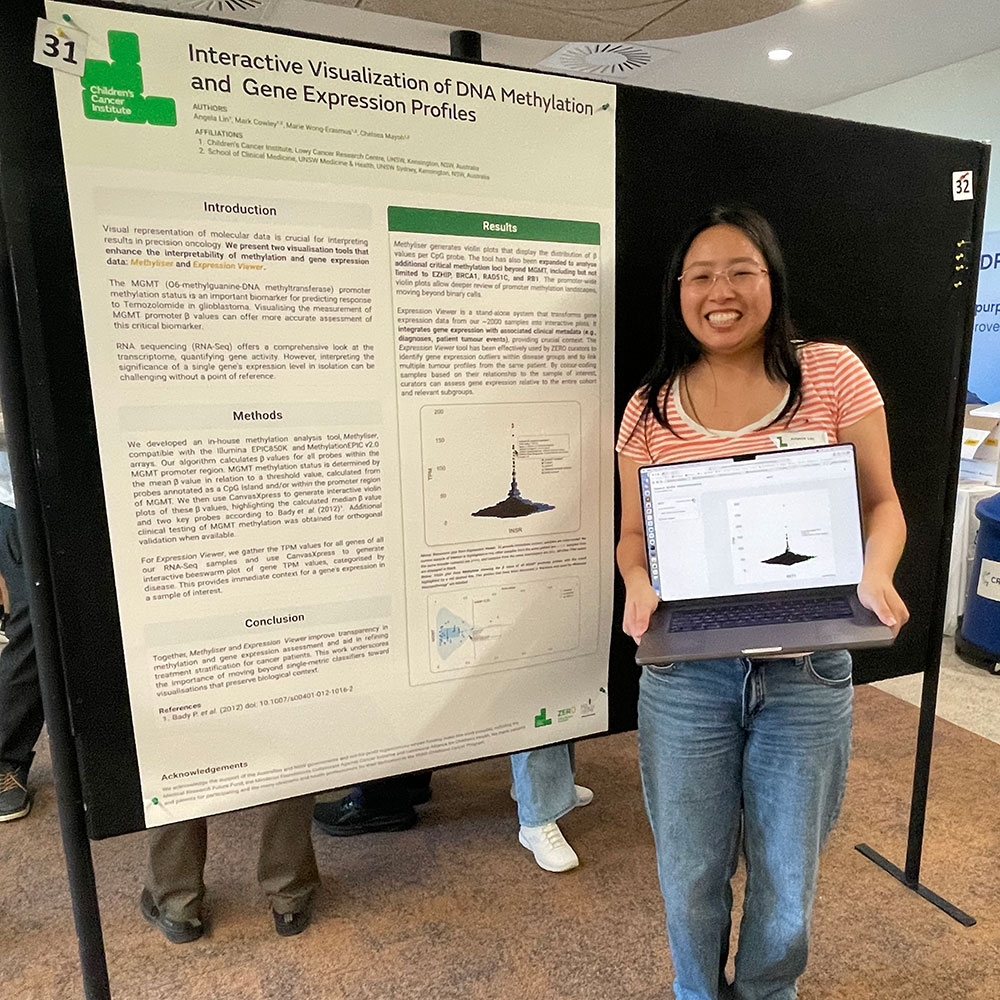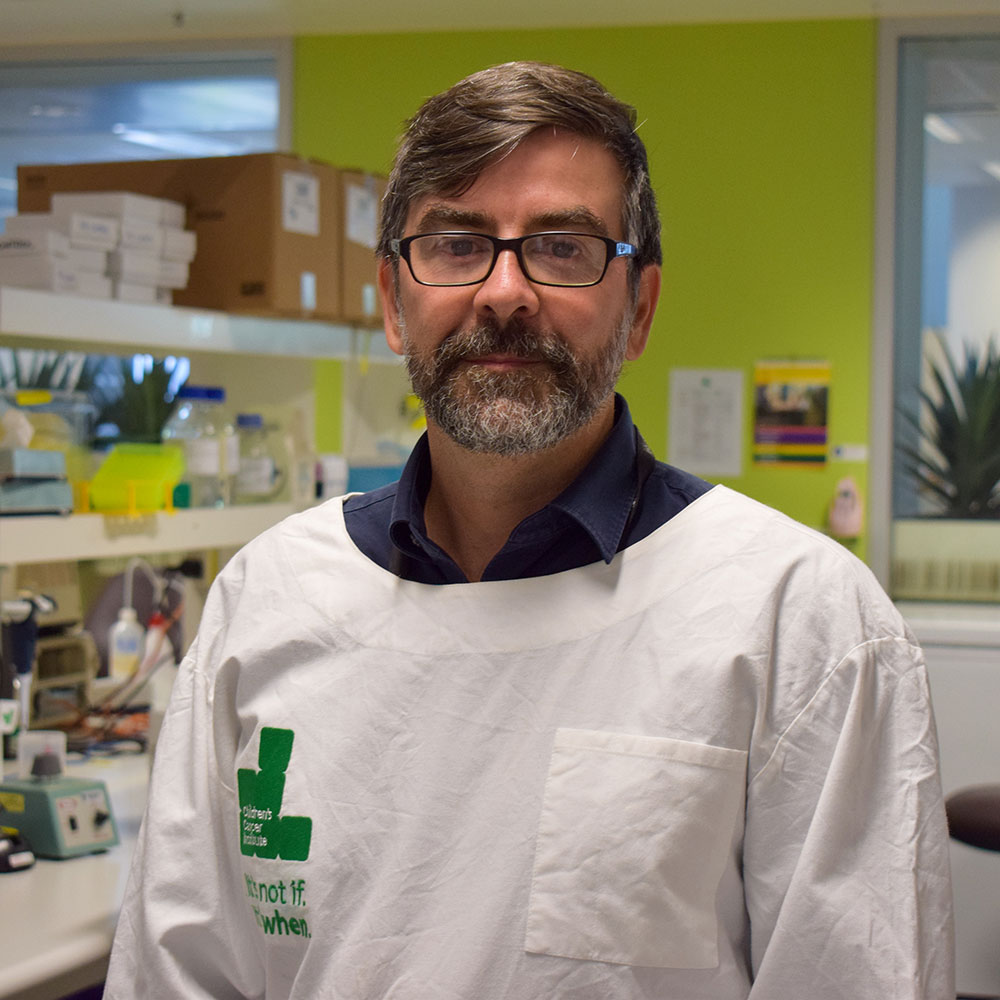
Tumour cells are known to have high levels of copper. Now researchers at Children’s Cancer Institute in Sydney have found that an antioxidant found in green tea can kill tumour cells by targeting only those with high levels of the metal without harming the healthy cells around them.
The data, published in the journal Theranostics, which saw tumours in animal models significantly reduce in size, opens a new avenue for the targeted treatment of one of the deadliest childhood cancers. Neuroblastoma claims more lives of children under the age of 5 than any other cancer. The survival rate for high-risk neuroblastoma is about 50% and the rate for the most aggressive form can be as low as 15%.
The research team led by Dr Orazio Vittorio show that the antioxidant, Catechin (found in green tea amongst other foods), significantly reduces the capacity of a neuroblastoma tumour to accumulate copper from the blood.
Copper is an emerging target for the treatment of cancers and this paper is the first in the world to describe a PET imaging technique to reveal elevated copper levels in neuroblastoma and to monitor tumour response to therapies.
The research team has discovered that a drug called Catechin, when combined with a sugar called Dextran (which ensures the drug stays in the body longer), effectively targets the copper in tumours, causing oxidative stress and killing the cancer cells, without harming healthy cells with lower levels of copper.
In animal studies this Dextran-Catechin combination led to significant reductions in the size of the tumours.
Dr Vittorio collaborated with Drs Arvind Parmar and Giancarlo Pascali at the Australian Nuclear Science and Technology Organisation to develop a specific PET imaging method to study the effect of this copper-targeting therapy. “It opens the way not only for a novel treatment for this disease, but also a new screening method to ensure the patient’s tumour is responding to this treatment,” Dr Vittorio said.
Dr Vittorio observed in 2012 that Catechin, found in things like green tea, slows tumour growth in the laboratory but breaks down too quickly in the body to be effective. By combining it with Dextran, the complex was both stable in the body and also less toxic for healthy tissue, a major benefit because 70% of children who survive neuroblastoma have life-long health problems because of the toxicity of chemotherapy. “This is exciting because it’s a new way to target copper in the childhood cancer neuroblastoma that appears safe and has minimal side-effects,” Dr Vittorio said.














